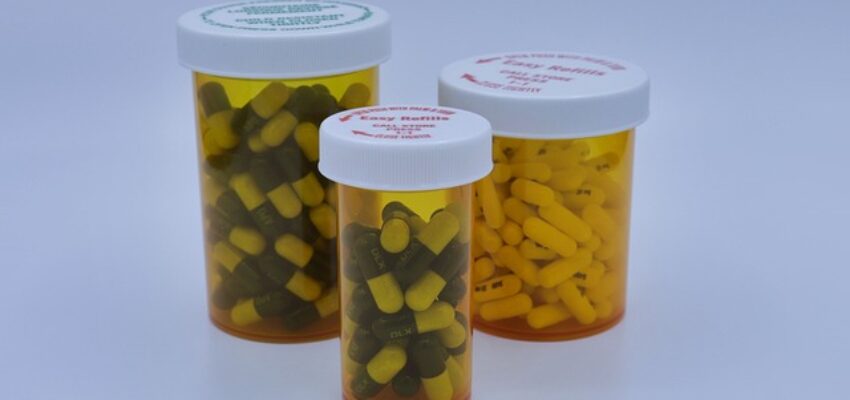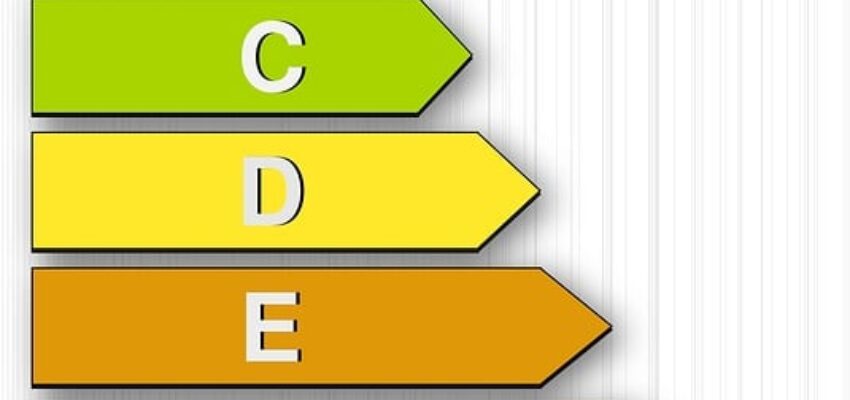Medicare prescription drug prices
Every time you turn on the tv or talk to a Medicare beneficiary, you hear about Medicare prescription drug prices. The actual cost of prescription drugs with a Medicare plan can have a lot of moving parts.
Here is a list of some things that determine what Medicare beneficiaries pay for their prescriptions each year:
- The premium for your Part D (if you have a stand alone prescription drug plan). This cost varies depending on the carrier and plan coverage option you choose. The price can be as little as about $7 up to about $100. This all depends on your personal needs.
- Most plans have an annual deductible for certain medications. This depends on where the medication falls on the plan’s formulary. In other words, what tier it is classified as (Most plans do not charge a deductible for Tier 1 medications). In 2023 PDPs cannot exceed an annual deductible of $505 .
- Copayments and coinsurance are the amounts you pay for covered drugs once you have met your plan’s deductible (if your plan has one). The amount you pay for a copay or coinsurance depends on the tier level assigned to your medication by your particular drug plan.
- If you hit the coverage gap (sometimes called the donut hole), you will not pay more than 25% of the cost of covered brand name drugs. Many people don’t reach the coverage gap. Once you and your drug plan spend a specified total amount of money for your prescriptions ( $4,660 in 2023), you reach the coverage gap. spent a certain amount for covered drugs. This amount may change each year. Please note; people with Medicare who get Extra Help paying Part D costs do not fall into the coverage gap.
Some other things that effect the cost of your Medicare prescription drug prices:
- Medicare provides “Extra help” to individuals who have limited income and resources. This is a program that helps pay for Medicare Part D costs including; premiums, deductibles and coinsurance as well as other costs. It will also cover any late enrollment penalty that an individual may have incurred. Some people automatically receive Extra Help if they are on full Medicaid coverage while others have to apply. After you apply for extra help, you will receive a letter stating what level of help you will receive and how much you will pay for your prescriptions.
- You may have to pay a late enrollment penalty. The penalty is added to your (Part D) Medicare prescription drug plan premium. This penalty applies after the initial enrollment period is over; if there was a period of 63 or more days in a row where you did not have either Medicare Part D or other credible prescription drug coverage.
In most cases, you will pay the penalty for as long as you have Medicare Part D. Please note: this applies even if you have a $0 Medicare advantage plan.
Medicare calculates the penalty by multiplying 1% of the “national base beneficiary premium” ($32.74 in 2023) by the number full months you didn’t have either Medicare Part D or other creditable drug coverage. The penalty amount is added to your monthly Part D premium by rounding to the nearest $.10.
- Each prescription drug plan has it’s own monthly premium. This amount varies by carrier and plan offered. It can be helpful to enlist the help of a licensed Medicare agent to find a plan that covers your prescriptions best.
Important: The inflation reduction act may change the amount Medicare beneficiaries pay annually for their medications; click here to learn more.
















Recent Comments